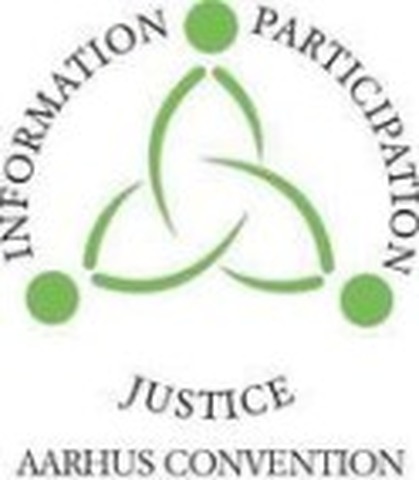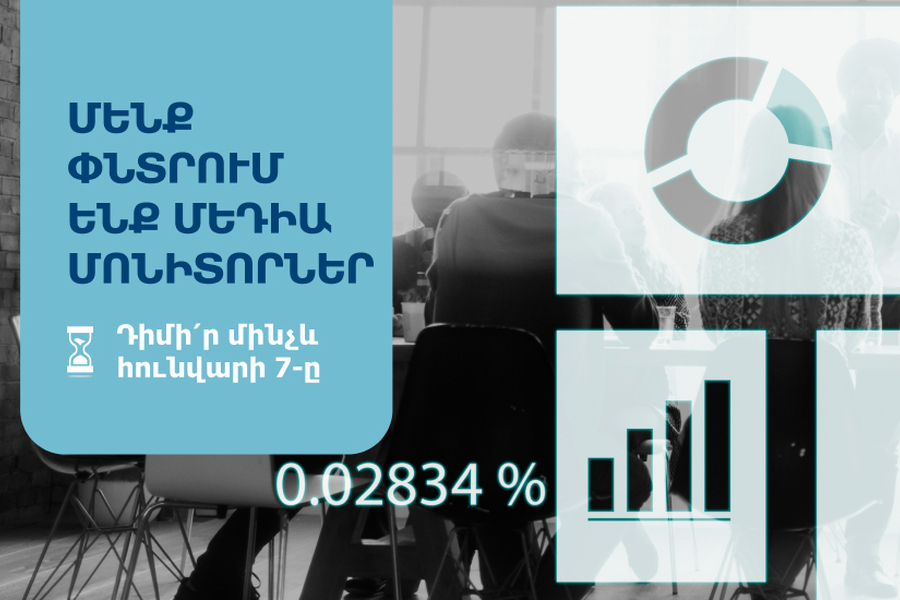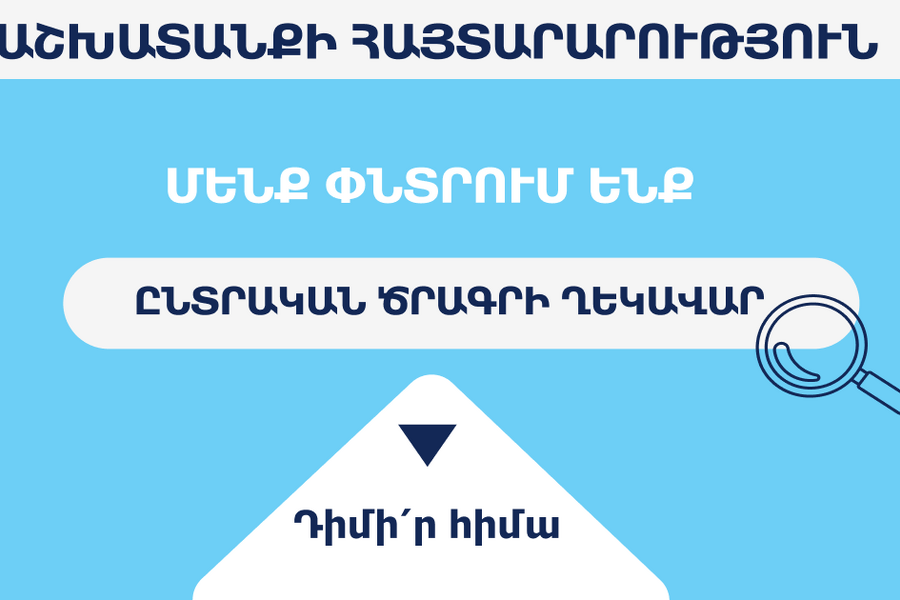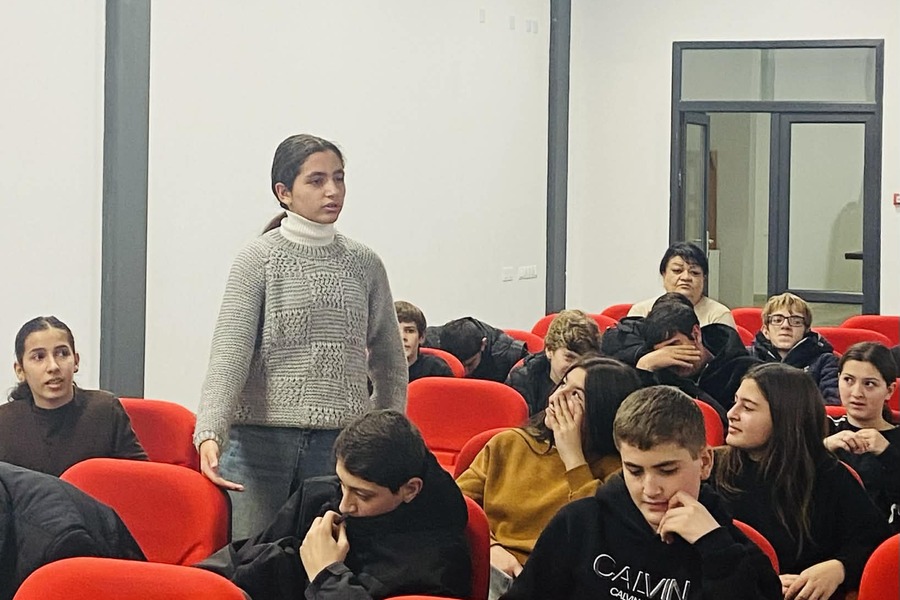Armenia failed to comply with a number of articles of the Aarhus Convention
On 23 September 2009, Transparency International Anti-corruption Centre in collaboration with "Ecodar" environmental public organization and Helsinki Citizens' Assembly Vanadzor Office (hereinafter the communicant) submitted a communication to the Aarhus Convention Compliance Committee alleging failure by Armenia to comply with its obligations under article 6, paragraphs 2, 4, 8, 9 and 10, and article 9, paragraph 2, of the Convention. The communication concerns the issuance and renewal of licenses to a developer for the exploitation of copper and molybdenum deposits in Teghut, Lori region of Armenia.
The Committee prepared draft findings at its 29th meeting, and in accordance with paragraph 34 of the annex to decision I/7, the draft findings were then forwarded for comments to the Party concerned and to the communicant on 11 October 2010. Both were invited to provide comments by 8 November 2010.
The Committee adopts the findings and recommendations set out in the following paragraphs.
A. Main findings with regard to non-compliance
1. The Committee welcomes the progress demonstrated by Armenia in implementing decision III/6b. Especially, the Committee welcomes the developments with respect to article 9, paragraph 2.
2. While acknowledging the continuous efforts of the Party concerned in implementing the said decision, the Committee finds that there are still shortcomings in Armenian law and practice, and due to these shortcomings in the present case, the Party concerned failed to comply with article 3, paragraph 1, of the Convention (para. 56); and article 6, paragraphs 2, 4 and 9, of the Convention (paras. 70, 77 and 79 respectively).
B. Recommendations
The Committee, pursuant to paragraph 36 (b) of the annex to decision I/7 of the Meeting of the Parties and noting the agreement of the Party concerned that the Committee take the measure referred in paragraph 37 (b) of the annex to decision I/7, recommends to the Government of Armenia to take the necessary legislative, regulatory, and administrative measures and practical arrangements:
a) To undertake necessary legislative measures to ensure that:
(i) thresholds for activities subject to EIA procedure are set in a clear manner;
(ii) to the extent possible, clarify the legal effects of acts, so that there is a clearer distinction between decisions under article 6 and article 7;
(iii) ensure that the public is informed as early as possible in the decision-making procedure, when all options are open and that reasonable time frames are set for the public to consult and comment on project-related documentation;
(iv) define as clearly as possible the responsibilities of different actors (public authorities, local authorities, developer) on organizing of public participation procedures.
b) To arrange the system of prompt notification of the public concerned on final conclusions of environmental expertise of EIA documentation of specific projects, e.g. through the web site of the Ministry of Nature Protection.






